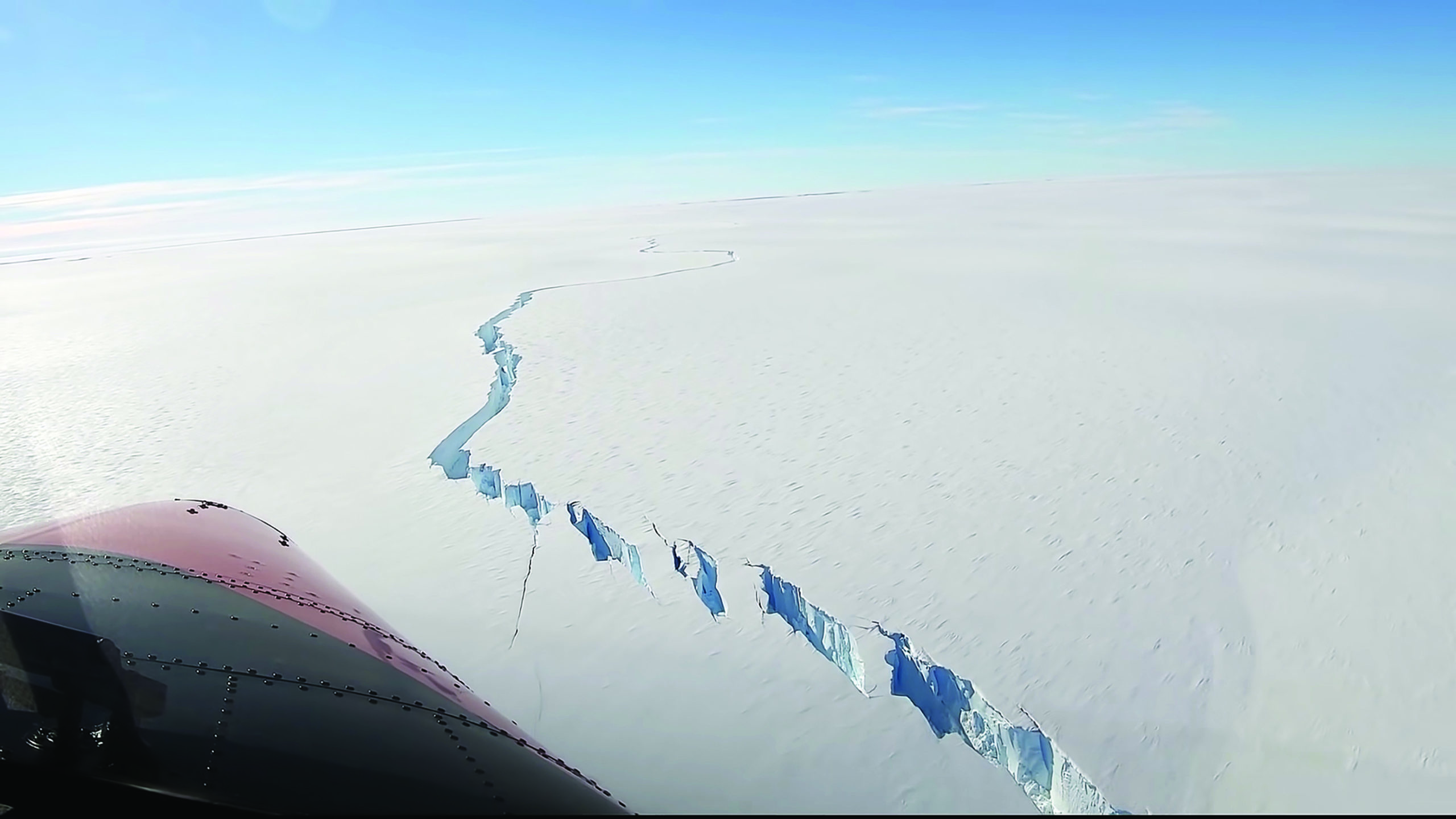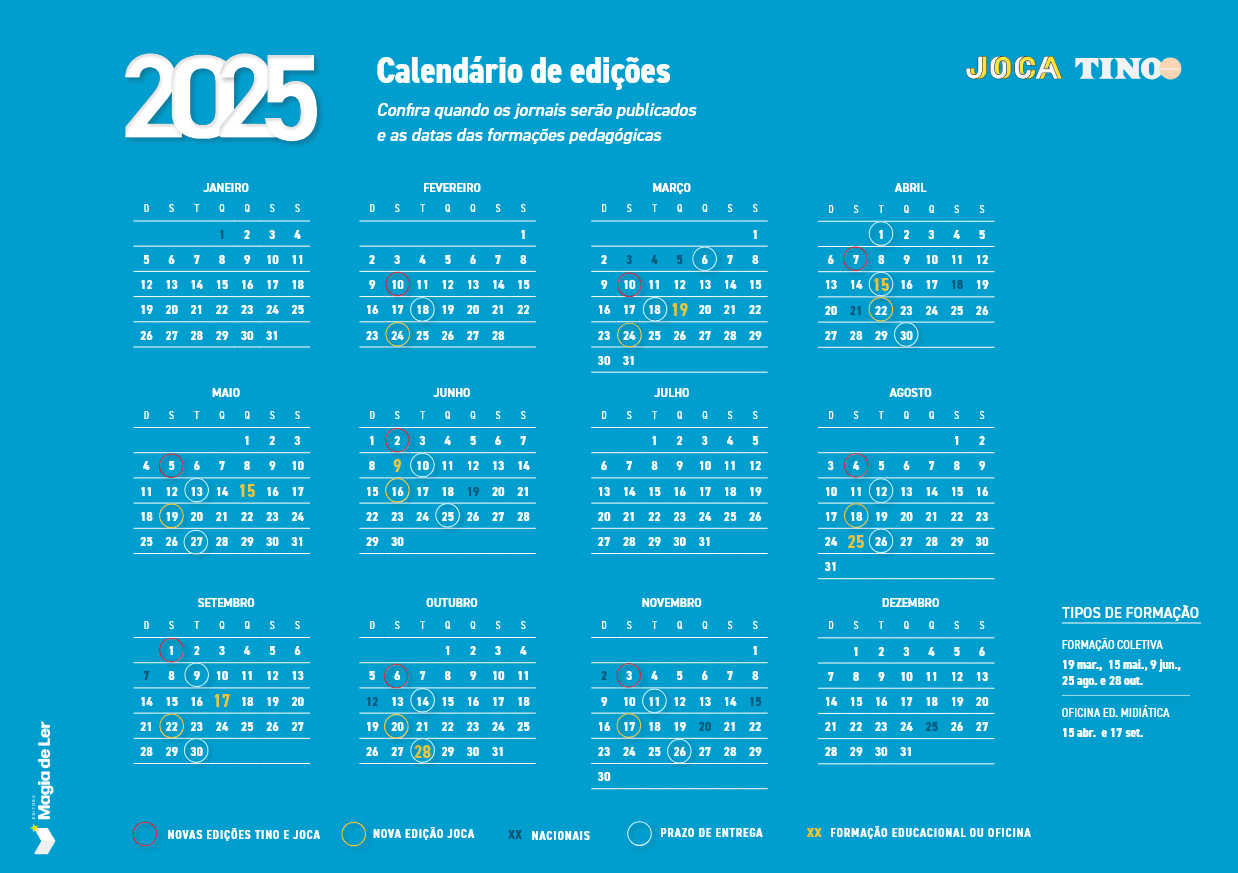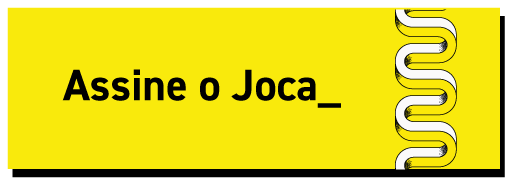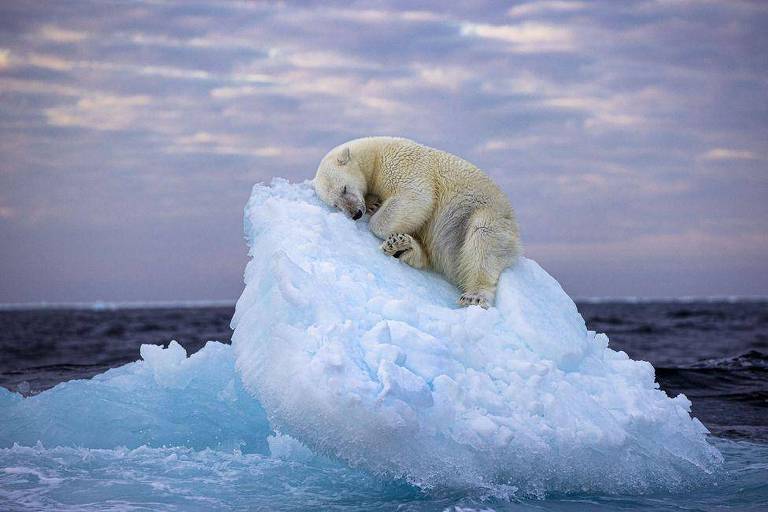In English
18 de março de 2021
Giant Iceberg Breaks Free from Antarctica – Level 2
Article published in Joca 166

An iceberg that is 1,270 km² and 150 metres thick detached from the Brunt Ice Platform in Antarctica. The iceberg is larger than the city of Rio de Janeiro, which is 1,255 km², and its thickness is the height of a 50-storey building. The event took place on February 26th, near the British Antarctic Survey (BAS) research station, a British study base on the continent.
The station called Halley is 20 km from where the rupture took place. It has not been damaged, but new ice shifts are being monitored. “We will keep an eye out and assess any potential impact on the remaining ice shelf. We are constantly reviewing our plans (…) to ensure the safety of our team, protect the station and maintain the scientific advances we have carried out at Halley”, declared BAS’ director of operations, Simon Garrod, in an official note.
When the ice broke off, there were no researchers there. However, the event was tracked by satellites and global positioning systems (GPS). Scientists had already expected a break, as they have been seeing cracks in the ice for over a decade. The gap started to grow in November 2020.
According to BAS researchers, it is not yet possible to predict the impact of this over time or to connect the event to climate change. They said on their website that the change in the ice at Halley is a natural process, and that there is no evidence that climate change had a significant role in the separation.
What is an iceberg?
It is a large piece of ice that, after detaching itself from a glacier, floats in the ocean. Thousands of icebergs form each year in the Arctic and Antarctic. They are huge, but most of them are hidden underwater. This is dangerous for ships which can hit the ice. The Titanic, for example, wrecked after hitting an iceberg in 1912.
To prevent accidents, satellites and the International Ice Patrol monitor icebergs. However, there is also a positive side to them: icebergs release nutrient-rich water that feeds krill. Krill serve as food for other animals like whales and penguins. The cracks in the ice blocks have also become a shelter for fish.
Questions
1) What is the correct information?
a) The rise in temperature in the oceans caused the ice block to separate.
b) The iceberg broke off next to a British vessel.
c) The break was tracked by satellites and GPS.
d) Twenty people were at Halley station when the event took place.
2) Would you like to see an iceberg up close? Why?
Ixi! Você bateu no paywall!
Ainda não é assinante? Assine agora e tenha acesso ilimitado ao conteúdo do Joca.











Você precisa fazer o login para publicar um comentário.